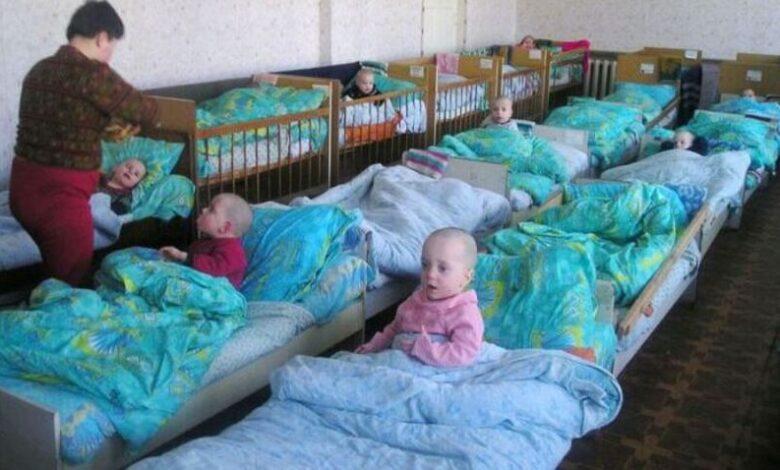30 children remain homeless in Kremenchuk orphanage after massive shelling

The full-scale war in Ukraine has been going on for the fourth year, and despite the fact that since the beginning of the invasion, the authorities have declared the safety of the most vulnerable a priority, children still remain the most vulnerable. Especially those who are in institutional facilities – orphanages, boarding schools, specialized institutions, which do not have adequate conditions for protection during air raids and missile attacks. The situation in Kremenchuk is illustrative, where after another massive strike by Russia, 30 pupils of a local specialized children’s home continue to be in an institution that has no shelter. This not only violates basic safety standards, but also calls into question the ability of local authorities to provide basic protection for the most vulnerable citizens – children under the age of four.
Kremenchuk after the attack: children remained in the institution without shelter
On June 29, 2025, Kremenchuk was again under fire. Russian troops launched a massive attack on the city that lasted more than five hours. According to official information, the attack was aimed at infrastructure facilities. However, the consequences affected even the most defenseless — 30 children under the age of 4 remain in the Kremenchug specialized children’s home, which still has no arranged no bomb shelter or shelter.
The children are actually in an open trap – in the event of a second blow, they have almost no chance of escape. Calls are already being heard in the public sphere to evacuate the pupils, at least for temporary rehabilitation, to a safer region, for example, Transcarpathia. However, this remains at the level of proposals – no operational action has been taken by the state at this time.
It should be noted that Volodymyr Kogut, acting head of the Poltava Regional Military Administration in May reported on the development of design and estimate documentation for shelter construction. However, since then, no specific date has been announced either for the completion of the documentation, or for the start or end of construction work. In fact, this means that there are no changes – children remain in danger.
Violation of children’s rights: what the inspection revealed
The problem in this institution is not limited to the lack of shelter. On January 30, 2025, representatives of public organizations and the Verkhovna Rada’s Commission on Human Rights conducted an inspection of the Kremenchug specialized children’s home. The results were shocking, with the commission documenting cases of child abuse by staff, including the use of offensive words such as “disabled” and claims that “no one will ever adopt them”.
In addition, it was established that more than 90% of the institution’s budget is spent on communal services and staff salaries — that is, there are practically no funds left for the immediate needs of pupils: clothing, food, development, medical care.
Why should the children’s homes disappear and what will replace them
More than 90% of children staying in such institutions are not orphans. They have at least one parent or relative who could take care of them with adequate support. The boarding school system, on the other hand, holds on to these children without offering the families alternatives. This is the key reason why the process of reforming the child care system has been ongoing in Ukraine for several years.
According to the statements of the Ministry of Social Policy, by September 2025, all traditional children’s homes should be liquidated. They should be replaced by models of family or close to family care: foster families, foster families, small group homes, social support centers.
The story of the Kremenchug orphanage is not an isolated case, but a symptom of a deeper problem. Despite the martial law, despite massive strikes, children still remain in dangerous institutions without shelter, with humiliating treatment and almost no chance of support. Ukraine declares European values, but it will not be able to become a truly safe state until the most defenseless – small children – receive protection and dignified treatment. The reform must not be on paper, but in action, otherwise the losses will continue.





